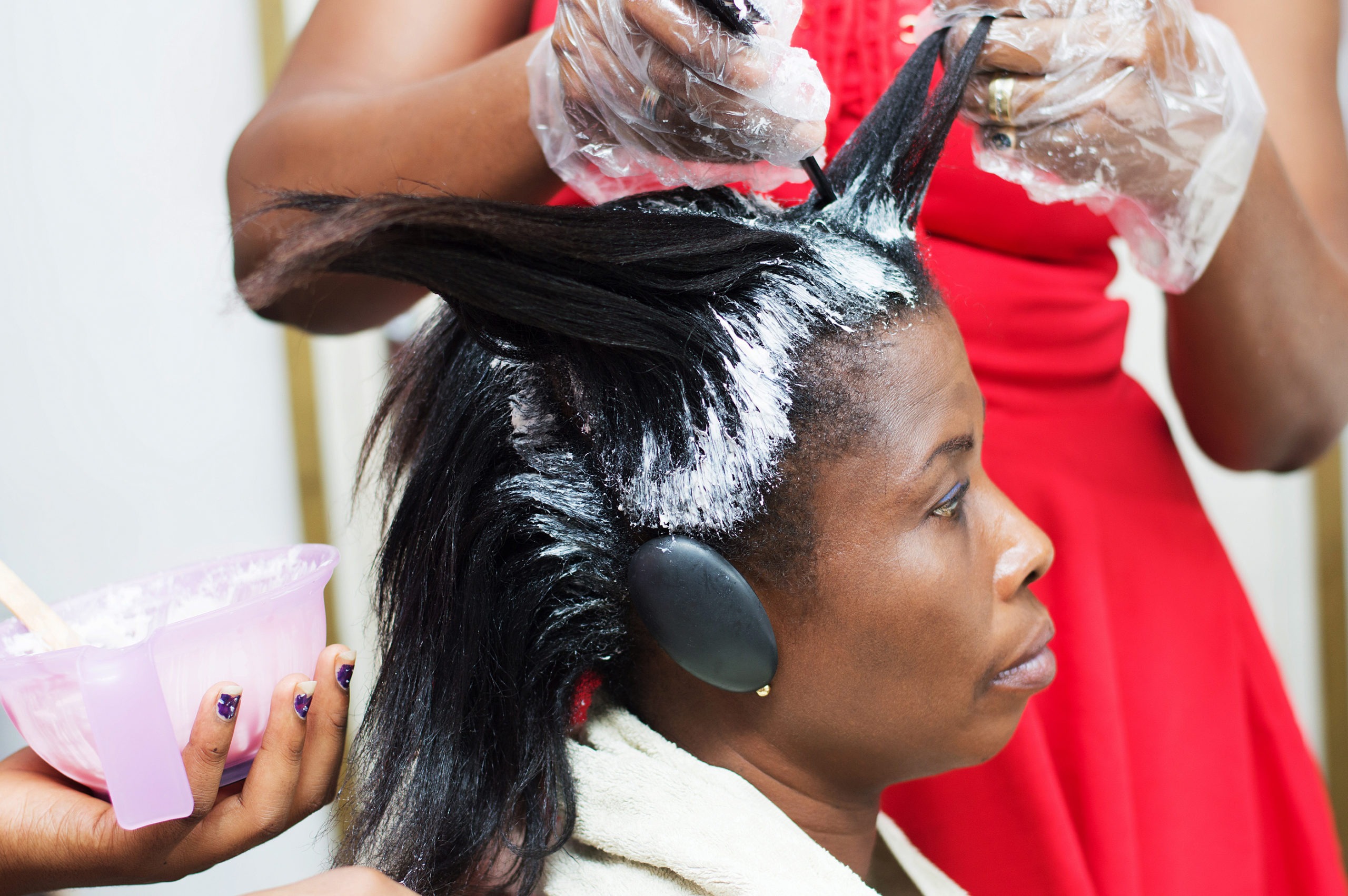How to Deal With Harassment in the Workplace
Most discussion of workplace harassment focuses on sex-related misconduct, such as a boss grabbing his secretary inappropriately, requesting sexual favors, or making other unwelcome sexual advances. These behaviors certainly fall under the umbrella of harassment in the workplace, but it’s important to remember that not all harassment is sexual in nature, nor does it always involve a male boss harassing a female subordinate.
In October 2017, soon after movie producer, Harvey Weinstein’s victims started speaking out in droves, Barna Research Group took a poll asking Americans to identify behaviors that they thought were sexual harassment. As expected, sexual behaviors populated the top of the list, but behaviors such as following someone, blocking someone’s path, pinching and poking, staring, snickering, winking, and whistling all showed up on the list too.
Many of those other behaviors could be considered sexual harassment depending on the context, of course. But, they may also constitute illegal harassment even if they aren’t sexual in nature.
Workplace harassment on the basis of someone’s legally-protected status (whether it’s their sex, race, religion, ethnicity, gender, and so forth) is a form of discrimination. It is illegal in all 50 states under state and federal laws. If you are a victim of unwanted attention harassment in the workplace, sexual or otherwise, contact an experienced workplace harassment attorney at Dolman Law Group Accident Injury Lawyers, PA in Sarasota at (941) 210-7586 for a free consultation.
What Is Workplace Harassment?
Laws regarding harassment in the workplace distinguish between quid pro quo harassment and hostile work environment harassment. Quid pro quo harassment refers to employment decisions based on an employee’s acceptance or denial of unwanted sexual advances or requests for sexual favors. It is, in other words, the stereotypical boss-demands-sex-from-secretary type of harassment that so often dominates the discussion.
Unwanted attention harassment, in contrast, falls under the umbrella of hostile work environment harassment. “Hostile work environment” is a catch-all term for a wide variety of inappropriate workplace behaviors by anyone in the workplace, from managers and supervisors down to the lowest-level employee. It may also include misconduct customers and other non-employees that an employer condones in the workplace. When inappropriate conduct creates hostile, offensive, or intimidating surroundings in the workplace, it constitutes harassment.
Critically, whereas quid pro quo harassment is always sexual in nature, hostile work environment harassment is not. Harassment that makes a workplace environment hostile on the basis of any protected status of the victim – sex, race, religion, ethnicity, etc.—is illegal.
Examples of Unwanted Attention Harassment
According to the Equal Employment Opportunity Commission (EEOC), unwanted attention harassment occurs when behavior is subjectively unwelcome and abusive to a person in the workplace and is objectively severe and pervasive enough to make a reasonable person see the workplace environment as hostile or abusive. Hostility and abuse directed at the affected person’s protected status are illegal.
With those criteria in mind, here are some examples of conduct that may be classified as unwanted attention harassment:
- Repeated and unwanted communication via phone, email, text, social media, etc.
- Repeatedly asking someone out on a date when the person has repeatedly said “no”
- Making someone the target of repeated “jokes”
- Cutting someone out of discussions and decisions
- Sending or leaving unwanted gifts
- Unwanted touching of any kind, even seemingly innocent things such as a hug or putting an arm around one’s shoulder
- Commenting on someone’s physical appearance or abilities
Some of these examples are not harassment when they are isolated incidents. It’s not harassment to give a compliment or ask someone on a date. It’s not harassment to tell a single, ill-considered joke. Harassment occurs when, taken in context, the harasser continues to invade social or physical boundaries that the victim has established.
Workplace Harassment and Unwanted Attention Scenarios
The line between acceptable behavior on one hand and harassment on the other defies easy definition. It is easier to see in context. Here are some examples of when behavior may “cross the line”:
- A company hires an employee who recently immigrated to the U.S. from India. It is likely not unwanted attention harassment for other employees to ask the new employee about her country of origin. It is likely harassment if employees make fun of or repeatedly criticize the new employee’s accent, or repeatedly call attention to cultural differences between themselves and the employee in criticizing her work.
- A male employee does bodybuilding as a hobby. It is likely not unwanted attention harassment for his female boss to assign him work tasks that his physical size and strength make him uniquely able to do or to congratulate him on winning an amateur bodybuilding tournament. It likely is unwanted attention and sexual harassment for his female boss to repeatedly put her hands on the employee’s chest or arms without his permission, or to comment suggestively in front of customers about how “huge” he is.
- Co-worker A knows co-worker B is single. It is likely not unwanted attention harassment for co-worker A to ask if co-worker B would be interested in being set up on a blind date with a friend of co-worker A. It likely is unwanted attention harassment for co-worker A to make a show of asking around the workplace employees if they are interested in dating co-worker B because co-worker B “needs to get some.”
- An employee of a workplace located in a majority Christian community is an observant Muslim. It is likely not unwanted attention harassment for his co-workers to ask if he needs a space to pray in the middle of the workday. It likely is unwanted attention and religious harassment for his co-workers to make comments about how they think “all Muslims hate America.”
In each of the scenarios above, the line between legal and illegal depends on several factors. Harassment happens when:
- Conduct is unwelcome to the victim. Sometimes context is all that is needed to see that behavior is unwelcome. Other times, the victim must make it clear behavior is unwelcome, either through words or body language.
- The behavior is based on the victim’s protected status—sex, race, age, color, religion, nationality, etc.
- The victim subjectively views the conduct as abusive.
- A reasonable person would also objectively find the conduct severe enough to create a hostile work environment.
For those still unsure about when behavior “crosses the line,” the United States Supreme Court in its landmark 1986 decision in Meritor Savings Bank v. Vinson provided guidance on how to evaluate claims of harassment. The following factors play a central role in the analysis:
- The frequency of unwanted attention or behavior.
- The severity of the behavior.
- Whether the behavior threatened or humiliated the victim.
- Whether the conduct interfered with the victim’s work performance.
- The behavior’s effect on the victim’s psychological well-being
- Whether the harasser holds a supervisory or managerial role in the workplace.
Laws About Hostile Work Environment
Federal and state statutes address unwanted attention harassment in the workplace. The federal law addressing this type of harassment is Title VII of the Civil Rights Act of 1964. Organizations with 15 or more employees must comply with Title VII, except in the case when age is the protected status and the threshold is 20 employees. Title VII, as amended, outlaws workplace discrimination (including unwanted attention harassment) on the basis of an employee’s race, color, religion, sex, national origin, and pregnancy. (Other specific federal statutes bar discrimination on the basis of age and disability.) Victims of unwanted attention harassment may be able to seek compensatory and punitive damages in an action under Title VII, with the amount potentially recoverable ranging from $50,000 to $300,000 depending upon the size of the employer.
Florida also has its own set of laws addressing unwanted attention harassment, separate and apart from the federal law. The Florida Civil Rights Act (FCRA) bars workplace discrimination on the basis of “race, color, religion, sex, pregnancy, national origin, age, handicap, or marital status.” The FCRA applies to all Florida workplaces with more than 15 employees. In an action under the FCRA, the court may award back pay, compensatory damages (including for “mental anguish, loss of dignity, and any other intangible injuries”), and up to $100,000 in punitive damages.
It also bears noting that conduct constituting unwanted attention harassment could also violate other federal and state laws, including criminal statutes. In the most obvious example, some unwanted attention could become so obsessive that it violates Florida’s criminal anti-stalking laws. Likewise, unwanted touching could constitute the crime of battery. Any behavior that violates these separate criminal laws may also give the victim a separate claim for damages, independent of the anti-discrimination laws that outlaw unwanted attention harassment.
Steps to Take for Victims of Unwanted Attention Harassment
Both Title VII and the FCRA implement detailed procedures for raising and pursuing a claim for workplace harassment, including unwanted attention harassment. The specifics of those procedures go beyond the scope of this blog post, but suffice to say that most victims of unwanted attention harassment can benefit from consulting with an experienced workplace harassment attorney before taking legal action to address their situation. Of course, if the harassment a victim has endured also crosses over into other forms of illegal conduct, the procedures under Title VII and/or the FCRA may not apply. But, even in that circumstance, speaking with an experienced attorney as soon as possible can help victims protect themselves.
One reason, in particular, it may be critical to speak with an experienced attorney is that there may be tight deadlines victims must meet to preserve their rights under Title VII and/or the FCRA. The sooner an attorney hears the victim’s story and can give advice about how to proceed, the better the victim’s chances of seeing justice done.
There are, however, some steps victims of unwanted attention harassment can take to protect their rights, even before speaking with an attorney. To begin with, because unwanted attention harassment is, as explained above, at times difficult to distinguish from “ok” behavior, anyone on the receiving end of unwanted attention harassment in the workplace should, so long as it is safe to do so, make it clear the behavior is unwelcome. Sometimes (but not always) a polite-but-firm request that a harasser stops his or her conduct is all it takes to remedy the situation. Of course, if a firm no feels as if it would put the victim’s safety or career at risk, then speaking with an attorney about other options for resisting the harassment may be the better course of action.
Record All Details of Harassment Incidents
It can also be helpful for victims to keep careful records of incidents of harassment, including the time, date, participants, and outcome. These records may prove helpful in demonstrating the context and severity of the harassment in any subsequent investigation or legal action. We also to encourage victims to keep these records separate from their work records. In other words, it’s better to keep a diary of incidents of harassment on a personal device or in a notebook, rather than saved on a work computer where they could be seen and deleted by someone else.
Finally, many employers have policies and guidelines for reporting workplace harassment. Sometimes these policies can be effective and efficient. Other times, they only serve to protect the employer at the expense of the employee who has been the victim of harassment. We can understand why some employees would want to use these procedures. At Dolman Law Group Accident Injury Lawyers, PA, however, we generally encourage our clients not to engage with their employer’s in-house reporting procedures until they have discussed a plan of action with us first.
Experienced Workplace Harassment Attorneys in Sarasota
Victims of workplace harassment often feel as if they have nowhere to turn. They need their job. They’re worried about losing their livelihood. Sometimes, they worry maybe they are the problem, that they’re being too sensitive or difficult by not just “going along” with an abusive workplace culture directed at them.
At Dolman Law Group Accident Injury Lawyers, PA, we understand and empathize with those concerns. Our mission is to help victims of workplace unwanted attention harassment find their voice and protect their rights. If you believe you have been the victim of unwanted attention harassment—even if you’re not sure—contact our team in Sarasota today online or at (941) 210-7586 to schedule a free, confidential, no-obligation consultation with a skilled workplace harassment attorney.
Dolman Law Group Accident Injury Lawyers, PA
8039 Cooper Creek Blvd
suite 105
University Park, FL 34201-3007
(941) 210-7586






